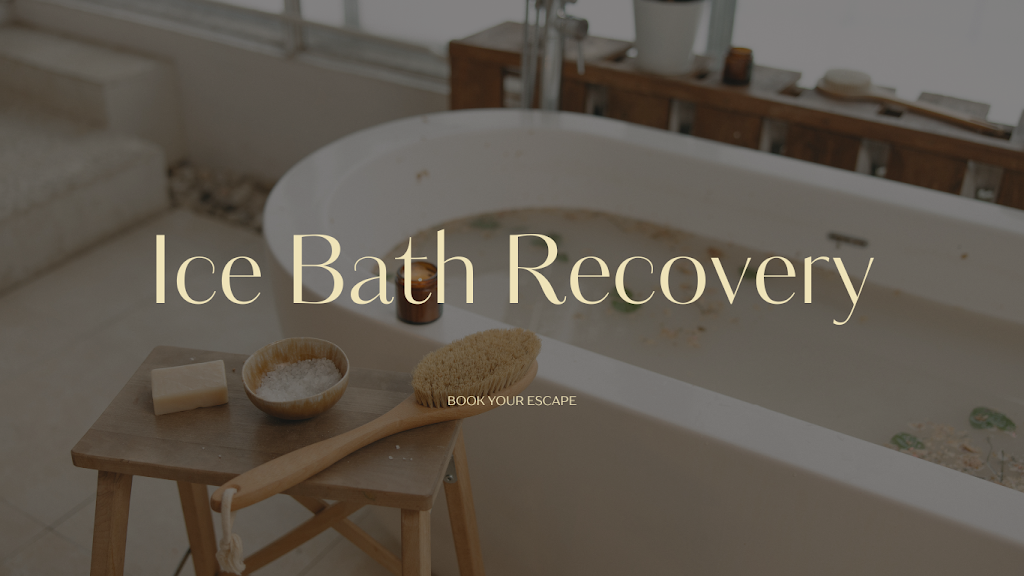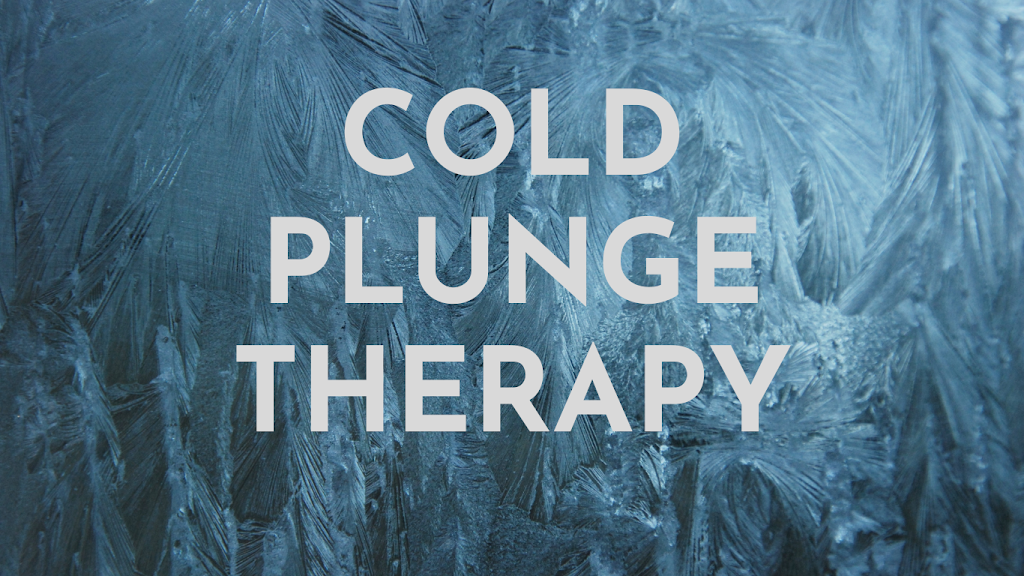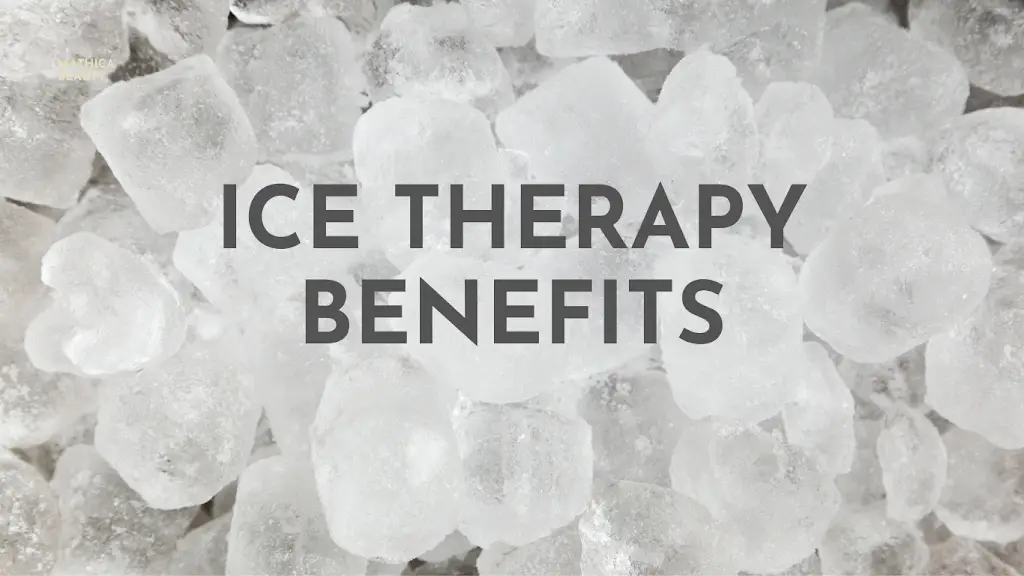Ice Bath Recovery
Ice bath recovery, also known as cold water immersion
(CWI), is a popular post-workout recovery method used by athletes and fitness
enthusiasts. It involves immersing the body in ice-cold water for a short
period of time, typically 10-20 minutes. The goal of ice bath recovery is to
reduce inflammation, muscle soreness, and fatigue, and promote faster recovery
after exercise. In this article, we will discuss the benefits of ice bath
recovery, how it works, and some potential risks to be aware of.
How Ice Bath Recovery Works
When you exercise, your muscles produce waste products
such as lactic acid, which can cause muscle soreness and fatigue. Ice bath
recovery works by reducing inflammation and constricting blood vessels, which
helps to flush out waste products from the muscles and promote faster recovery.
During an ice bath, your body undergoes vasoconstriction,
which causes blood vessels to constrict and reduce blood flow to the
extremities. This process helps to reduce inflammation and swelling in the
muscles, which can help to alleviate muscle soreness and speed up the recovery
process.
Reduced Muscle Soreness
One of the most well-known benefits of ice bath recovery
is reduced muscle soreness. Cold water immersion has been shown to be effective
at reducing muscle soreness and fatigue after exercise. In a study published in
the International Journal of Sports Medicine, researchers found that ice bath
recovery was effective at reducing muscle soreness and improving muscle
recovery after a strenuous workout.
Improved Recovery Time
Ice bath recovery can also help to improve recovery time
after exercise. By reducing inflammation and promoting blood flow to the
muscles, ice bath recovery can help to speed up the recovery process and allow
you to get back to your training routine more quickly.
Increased Endurance
Cold water immersion has also been shown to improve
endurance and athletic performance. In a study published in the Journal of
Science and Medicine in Sport, researchers found that ice bath recovery
improved endurance performance in male runners.
Reduced Inflammation
Ice bath recovery has anti-inflammatory properties, which
can help to reduce inflammation in the muscles and joints. Inflammation can
cause pain, swelling, and stiffness, and can hinder the recovery process. By
reducing inflammation, ice bath recovery can help to alleviate these symptoms
and promote faster recovery.
Improved Joint Health
Ice bath recovery can also be beneficial for individuals
with joint pain or arthritis. Cold water immersion has been shown to improve
joint health by reducing inflammation and improving joint mobility. In a study
published in the Journal of Clinical Rheumatology, researchers found that cold
water immersion was effective at reducing pain and improving joint function in
individuals with rheumatoid arthritis.
Improved Mood
Cold water immersion has been shown to have a positive
effect on mood and mental health. In a study published in the International
Journal of Circumpolar Health, researchers found that cold water immersion had
a positive effect on mood and reduced symptoms of depression and anxiety.
While ice bath recovery is generally considered safe,
there are some potential risks to be aware of. These include:
Hypothermia
Exposure to extremely cold temperatures for a prolonged
period of time can lead to hypothermia, a potentially life-threatening
condition. It is important to limit the time spent in the ice bath to no more
than 20 minutes to avoid the risk of hypothermia.
Skin Damage
Exposure to cold water can cause skin damage, including
frostbite and burns. It is important to avoid direct contact between the skin
and ice and to monitor the skin for any signs of damage.
Increased Blood Pressure
Exposure to cold water can cause an increase in blood
pressure, which can be dangerous for individuals with hypertension or other
cardiovascular
conditions. It is important to consult with a healthcare
professional before trying ice bath recovery if you have any underlying health
conditions.
Discomfort
Ice bath recovery can be uncomfortable, especially for
individuals who are not accustomed to cold temperatures. It is important to
listen to your body and avoid pushing yourself beyond your comfort level.
Gradual Cooling
To avoid shock and discomfort, it is important to
gradually cool your body before immersing yourself in the ice bath. Start by
taking a cold shower or applying ice packs to the muscles.
Proper Temperature
The ideal temperature for an ice bath is between 50 and
59 degrees Fahrenheit (10 and 15 degrees Celsius). It is important to monitor
the temperature of the water to ensure that it is not too cold, which can be
dangerous.
Limited Time
It is recommended to limit the time spent in the ice bath
to no more than 20 minutes. This can help to reduce the risk of hypothermia and
other potential risks.
Hydration
It is important to stay hydrated before and after ice
bath recovery to promote proper muscle recovery and avoid dehydration.
Warm Up
After the ice bath, it is important to warm up gradually
to avoid shock and discomfort. This can be done by taking a warm shower or
wrapping the body in warm towels.
Conclusion
Ice bath recovery is a popular post-workout recovery
method that offers a variety of benefits, including reduced muscle soreness,
improved recovery time, increased endurance, reduced inflammation, improved
joint health, and improved mood. However, it is important to be aware of the
potential risks and to take steps to ensure safe and effective ice bath
recovery. By following the tips and guidelines outlined in this article, you
can safely and effectively incorporate ice bath recovery into your fitness routine
and promote faster recovery after exercise.
Pros of Ice Bath Recovery:
Reduced Muscle Soreness: Ice bath recovery has been shown
to reduce muscle soreness after exercise, which can improve recovery time and
help athletes perform better.
Improved Recovery Time: Ice bath recovery can help speed
up the recovery process after exercise, which can help athletes get back to
training sooner.
Increased Endurance: Ice bath recovery has been shown to
increase endurance by improving the body’s ability to withstand fatigue.
Reduced Inflammation: Ice bath recovery can help reduce
inflammation in the muscles, which can help reduce the risk of injury and
promote faster recovery.
Improved Joint Health: Ice bath recovery can help improve
joint health by reducing inflammation and promoting better circulation.
Improved Mood: Some people report feeling a sense of
relaxation and improved mood after an ice bath, which can help reduce stress
and improve overall well-being.
Cons of Ice Bath Recovery:
Potential for Hypothermia: Immersing the body in cold
water for an extended period of time can increase the risk of hypothermia,
which can be dangerous.
Risk of Shock: The shock of entering cold water can be
stressful on the body and may cause discomfort or shock.
Potential for Injury: Individuals with certain health
conditions, such as heart problems, may be at increased risk of injury or
complications when using ice bath recovery.
Discomfort: Ice bath recovery can be uncomfortable,
especially for individuals who are not accustomed to cold temperatures.
Limited Scientific Evidence: While ice bath recovery is a
popular post-workout recovery method, there is limited scientific evidence to
support its effectiveness.
Not Suitable for Everyone: Ice bath recovery may not be
suitable for everyone, especially individuals with certain medical conditions
or who are sensitive to cold temperatures.
Overall, while ice bath recovery has a number of
potential benefits, it is important to be aware of the potential risks and to
take steps to ensure safe and effective use. Individuals who are considering
using ice bath recovery should consult with a healthcare professional before
getting started.





